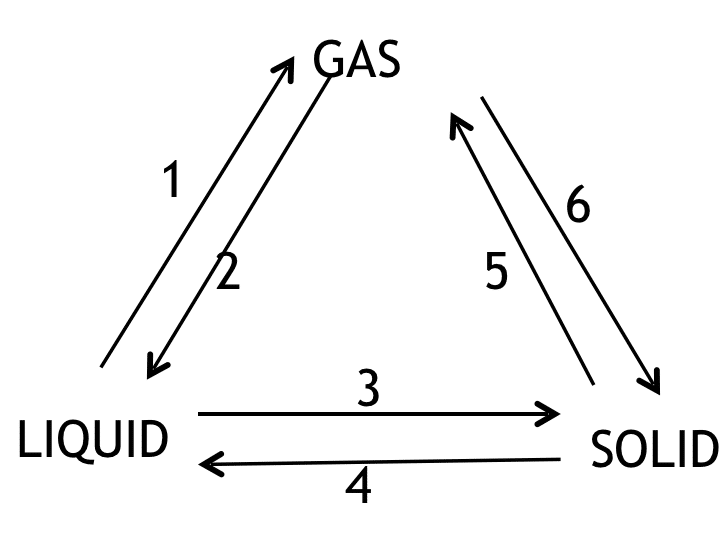Topic Content:
- Phenomena Supporting Kinetic Theory
- Theory Questions and Answers – Kinetic Theory of Matter
We learnt that matter is made up of tiny particles. The fact that these particles are in constant motion is being exhibited in the following natural phenomena that support the kinetic theory.
1. Brownian Movement:
Brownian movement or motion is the zig-zig, irregular motion exhibited by minute particles of matter when suspended in a fluid.
It was first observed by a British botanist, Robert Brown, in 1827, when studying pollen grains. He observed that when pollen grains are suspended in water under a microscope, the pollen grains move about in a zig-zag manner. The movement is known as the Brownian movement.
2. Diffusion:
You are viewing an excerpt of this Topic. Subscribe Now to get Full Access to ALL this Subject's Topics and Quizzes for this Term!
Click on the button "Subscribe Now" below for Full Access!
Subscribe Now
Note: If you have Already Subscribed and you are seeing this message, it means you are logged out. Please Log In using the Login Button Below to Carry on Studying!




Thumb’s up